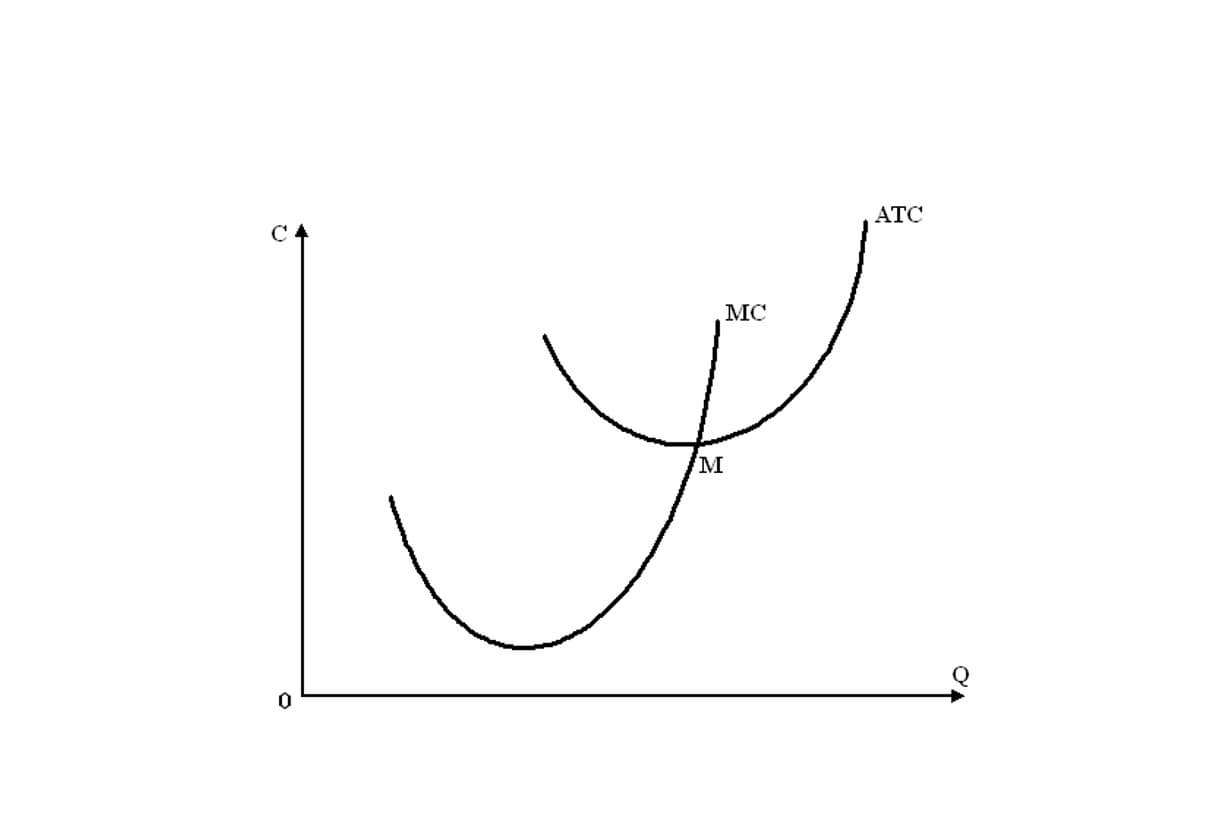Content

Therefore, when preferred shares are first issued, their governing document may contain protective provisions preventing the issuance of new preferred shares with a senior claim. Individual series of preferred shares may have a senior, pari-passu , or junior relationship with other series issued by the same corporation. The dividend payment date for the Series I preferred stock is Saturday, July 30, 2022, to stockholders of record at the close of business on Thursday, June 30, 2022. The dividends for the Series I preferred stock will be paid on Friday, July 29, 2022. The floating rate period for dividends on the Series I preferred stock began on May 1, 2018. Cumulative preferred stocks allow the accumulation of dividends until they are paid. It provides a right to claim dividends of the specific amount which would be received each year.
During hard financial times, a firm may find itself unable to pay preferred shareholders. This is a drastic decision and would not sit well with stakeholders. However, they don’t receive as much of a guarantee like creditors do. Non-cumulative preferred https://www.bookstime.com/ stock loses its rights to any payment if it isn’t claimed. Any arrears would not accumulate for the future in case of noncumulative preference shares and thus would not be able to claim it, thereby leading to no obligation on the issuing company.
Company
The cost of cumulative preferred stocks will always be more than non-cumulative preferred stocks. Non-cumulative preferred stock, on the other hand, does not pay any missed dividend payments. So, if dividends are not paid or otherwise missed, non-cumulative preferred stockholders miss out on any payments in arrears.
- There is not much assurance in the investment of non-cumulative preferred stocks.
- Preferred shares represent a significant portion of Canadian capital markets, with over C$11.2 billion in new preferred shares issued in 2016.
- Those shareholders are also not entitled to collect on those missed dividends in future years.
- If the issuing corporation calls in its preferred stock, it would give the stockholder either USD 114,000 [(USD 104 + USD 10) X 1,000] if the shares are surrendered or common shares worth USD 124,000 if the shares are converted.
Typically, preferred stocks have a fixed dividend, unlike common stocks. Most preferred stocks are callable at the option of the issuing corporation.Callable preferred stock means that the corporation can inform nonconvertible preferred stockholders that they must surrender their stock to the company. Also, convertible preferred stockholders must either surrender their stock or convert it to common shares.
Difference Between Common And Preferred Stock
If the issuing company skips paying noncumulative preferred stockholders dividends, the common stock shareholders will not get either. The primary difference between the two is the obligation to pay a dividend. It is not obligatory for the management to pay the dividend to common stock. Whereas the company can delay or partly pay the dividend in the case of cumulative preference share but cannot completely avoid it. In a profit-making corporation, equity stockholders are at an advantage as they get dividends or capital appreciation based on the corporation’s profits. In contrast, the preferred stockholders would get the fixed rate of dividend irrespective of the business’s profitability.
- This is calculated by adding the dividends in arrears to the cumulative dividend per share.
- Think of it similar to the face value of a bond when calculating coupon payments for the bond.
- The shares you choose to invest in will depend on what you wish to get out of your investment.
- The debt-to-EBITDA is higher than it should be, but the debt-to-equity comes in with a fair score of 1.3.
- Stockholders who do not want to surrender their stock have to convert it to common shares.
- Most preferred stocks are callable at the option of the issuing corporation.Callable preferred stock means that the corporation can inform nonconvertible preferred stockholders that they must surrender their stock to the company.
- They trade on a stock exchange, which gives them price transparency and, importantly, liquidity.
We rely on our technologists around the world to create leading-edge, secure platforms for all our businesses. Our firm’s commitment to sustainability informs our operations, governance, risk management, diversity efforts, philanthropy and research. A cumulative dividend has to be paid whereas a non-cumulative dividend can be lost forever and never paid. You’re likely looking for quality investors and investments as a startup founder.
Investors May Contact:
However, due to significant market disruption, the company incurred losses and hence didn’t pay any dividend during the year. In the following year, the company witnessed strong recovery and so the board of directors decided to pay a dividend of $200,000. Determine the dividend paid to the cumulative and non-cumulative preferred stockholders during 2009 and 2010 combined. Preferred stock is a reliable funding source for a corporation or company. Preferred stocks holders are prioritized before other common stockholders during the dividend payment. The two types of preferred stocks are cumulative preferred stocks and non-cumulative preferred stocks.
Cumulative preferred stock contains a provision requiring that any missed dividend payments be paid out to cumulative preferred shareholders first, before any other shareholders, such as common shareholders. That definition doesn’t sound too encouraging for shareholders, but what is the likelihood of a company skipping payments and then continuing on in business? I reviewed the records of companies with non-cumulative preferred stocks that have suspended dividends on QuantumOnline over the last 10 years.
Preferred Stock And Trust Preferred Securities Summary
A non-cumulative preferred stock is a type of preferred stock that allows the issuing company to skip or omit paying the dividends. This cancels the company’s obligation to eventually pay those dividends and means that shareholders do not have a claim on any of the dividends that were not paid out. Keep in mind that they must first stop paying the common stock dividend before they stop paying the preferred dividend.
- We deliver active investment strategies across public and private markets and custom solutions to institutional and individual investors.
- They are just named as shareholders but do not have a share in profits in a true sense.
- In the end, it is probably not an issue as long as you invest in companies with strong metrics.
- They are issued with pre-determined dividend rates, either as a percentage of the face value or in terms of dollar per share.
- As a rule, preferred shareholders are always the companys priority during dividend payment.
- However, a bond has greater security than the preferred and has a maturity date at which the principal is to be repaid.
If a shareholder holds non-cumulative stock, they are not entitled to receive this skipped dividend. The company can also not be held liable for not issuing the dividend. However, if a shareholder holds cumulative stock, they are entitled to the fourth quarter’s $0.25 dividend plus the dividend in the following quarter. This bank is different in that it only has branches in Puerto Rico. It has 2 non-cumulative preferred issues (OFG.PA & OFG.PB) with prices just above $25 and with yields at 7%.
Know Your Rights With Investment Fraud
Preferred stockholders receive the par value per share before any assets are distributed to common stockholders. A corporation’s cumulative preferred dividends in arrears at liquidation are payable even if there are not enough accumulated earnings to cover the dividends. The more the dividend payments are delayed the more the money loses its value. However, non-cumulative preferred stockholders will not be exposed to any such risks as they will be getting all their payments in present value terms. It does not provide a provision for the payment of unpaid dividends. If the company faces any crisis or downfall and decides not to pay the dividends, the stakeholders have no right to claim the omitted or unpaid stocks. There are many types of preference/preferred shares that a company can issue.

Even if the dividend is not paid for any reason such as crisis or downfall, it would accumulate for a future date whenever declared. Preferred stocks, such as cumulative preferred stocks, often resemble bonds related to valuation. However, preferred stock proceeds have been deemed an asset, whereas bond proceeds are considered a liability.
Advantages Of Noncumulative Stock
We do not guarantee the accuracy or completeness of information on or available through this site, and we are not responsible for inaccuracies or omissions in that information or for actions taken in reliance on that information. Please read Legal Disclaimers before using or relying on information on or available through this site.

Investors who purchased these stocks receive their regular dividend regardless of company performance . If the company achieves predetermined sales, earnings or profitability goals, the investors receive an additional dividend. 1Each series of preferred stock, other than Series L, is represented by depositary shares. Dividend payments are made on a quarterly basis for each series of preferred stock, other than Series MM, for which dividends are paid on a semi-annual basis. Cumulative preferred stocks involve low-risk investments while non-cumulative preferred stocks involve high-risk investments. However, dividends for the current year on the non-cumulative preferred stock must be paid before any dividend may be paid on common stock. Note that you may spread these owed dividend payments out over time.
Innoncumulative preference shares, a company can skip the dividend in the year. Dividends In ArrearsDividends in Arrears is the cumulative dividend amount that has not been paid to the cumulative preferred stockholders by the presumed date.
Preferred dividends are the dividends paid out to a firm’s preferred stock shareholders. Preferred stock is an equity security and all preferred stock shareholders get paid dividends before common shareholders receive dividends. In the case of bankruptcy preferred shareholders get paid after creditors, but before common shareholders. Preferred stock can be cumulative, noncumulative, participating, What Is Noncumulative Preferred Stock or nonparticipating. Cumulative preferred stock accumulates dividends not declared in any year and must be paid in full before noncumulative preferred shareholders get paid any dividends. If the firm doesn’t declare any dividends and has cumulative preferred shareholders, the accumulated dividends owed to the cumulative preferred shareholders is called dividends in arrears.
The Cons Of Noncumulative Preferred Stock
Ever since then, we’ve been tearing up the trails and immersing ourselves in this wonderful hobby of writing about the differences and comparisons. We’ve learned from on-the-ground experience about these terms specially the product comparisons. I have no business relationship with any company whose stock is mentioned in this article. One thing to note is that these 2 “profit and loss” columns only show GAAP earnings . All companies report GAAP earnings, but only CODI also reports non-GAAP earnings of “cash available for distribution” . The following table shows both EPS & CAD earnings taken from the I Prefer Income database.
If a startup runs into financial issues, it may suspend dividend payments to preserve capital. Once these economic issues are resolved, the startup may wish to pay dividends again. If the startup has issued cumulative perpetual preferred stock, then the perpetual preferred stockholders must receive these missed dividend payments first. Other preferred or common shareholders must wait to receive any missed dividend payments or may not be entitled to the missed dividend payments at all, as we discuss further below. Assume a company with 100, 10%, $10 par value noncumulative preferred stocks outstanding issued a dividend for a $50 dividend.
